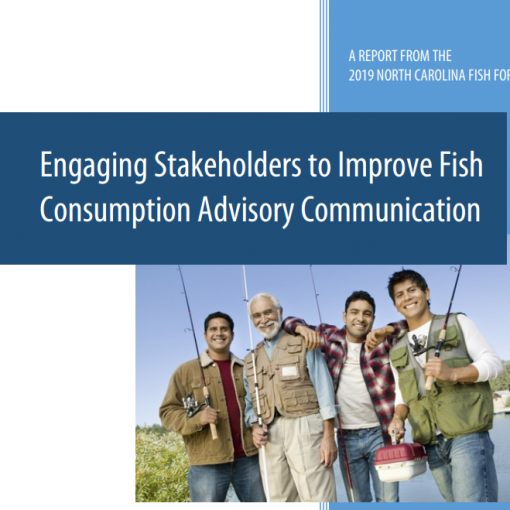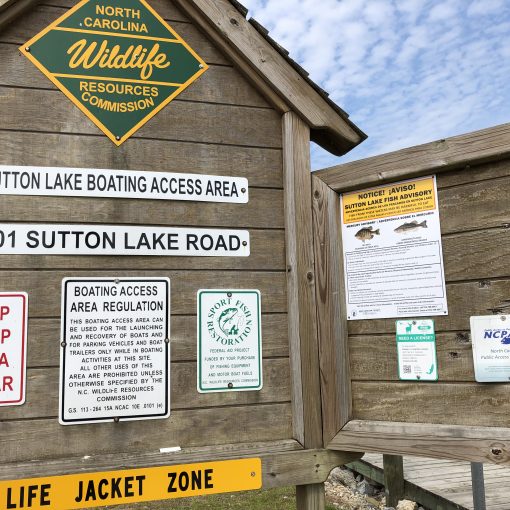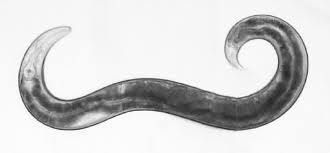By Tamarr Moore, Summer Research Intern with the Community Engagement Core
This summer, I worked with the Community Engagement and Research Translation Cores of the Duke University Superfund Research Center. Often, scientists are excited to do research, but may need help communicating a study’s results and its significance to the general public, policymakers, or communities that might benefit from the research in the future. At the Duke Superfund Center, support cores that assist with communicating about research and engaging impacted communities are essential. These cores help connect science and the community by translating the research in ways that educate people about chemical contaminants in their environment. These cores also work diligently to collaborate with related organizations, suggest remediation and risk reduction efforts, spread knowledge, and so much more.

I have had so much fun working with my mentor, Chiara Klein, and all of her colleagues. Although I did not work on research in a lab, Chiara made sure that I had plenty of excitement this summer! We met at the beginning of every week to discuss my work plan and the assignments for the week and I was never bored.
Being an intern with the CEC/RTC consisted mostly of researching, collaborating with other faculty/interns, and contributing suggestions. I really enjoyed feeling like I had valuable ideas when developing the curriculum for Hackbio. Through team-based activities, the HackBio program trains high school students in science career readiness and guided research. We also generated the idea to incorporate the C. elegans worms from Project 3 to use in an activity as part of HackBio. This was one of my favorite assignments of the summer. First, I did background research about developing curricula and brainstorming ideas. As things progressed, I collaborated with Saba, the summer intern for Project 3 as we developed a prototype of a ‘glowscope,’ or a low-cost smartphone fluorescence microscope. I brought the necessary materials and met with her in the lab where we attempted to construct and use the glowscope on the C. elegans. Our goal was to develop a lesson plan using this technology for high school students that would teach them about soil contamination using glowing worms as bioindicators. Unfortunately, we did not achieve the imagery that we were hoping for and learned that this may be due to the light filters we used in contrast with the wavelengths in which we are able to view fluorescence in C. elegans. These were not the results that I’d hoped for and wish I could extend my time at Duke to successfully operate the glowscope!
I also conducted research on ways to successfully read a scientific article. The outcome was an activity in which HackBio students were assigned an article to read and used the tips and tricks provided in the worksheets. Chiara and I collaborated with another Duke staff member, Laura Martinez to create this curriculum. Despite the previous setback, it was very rewarding to engage with HackBio scholars and receive positive feedback.
I am very grateful to have gained this opportunity to intern with Duke Superfund and build relationships with those around me! I have learned so much about networking, science communication, collaboration, research, outreach, and more. I will make sure to take advantage of the skills and contacts I have obtained this summer.





